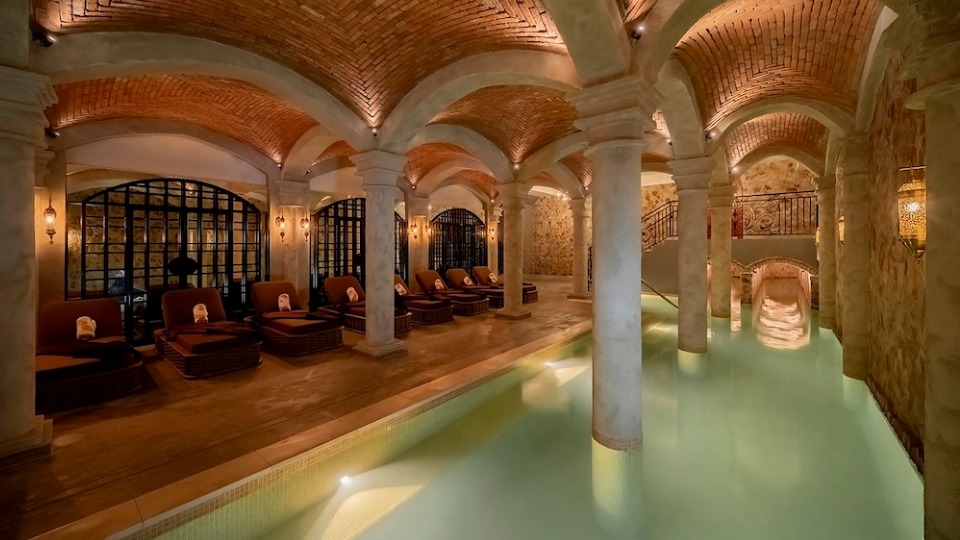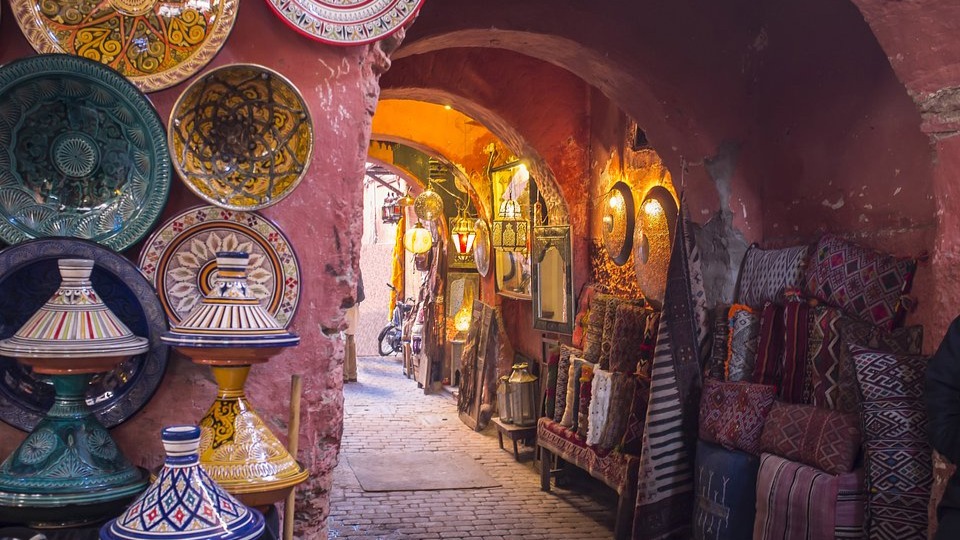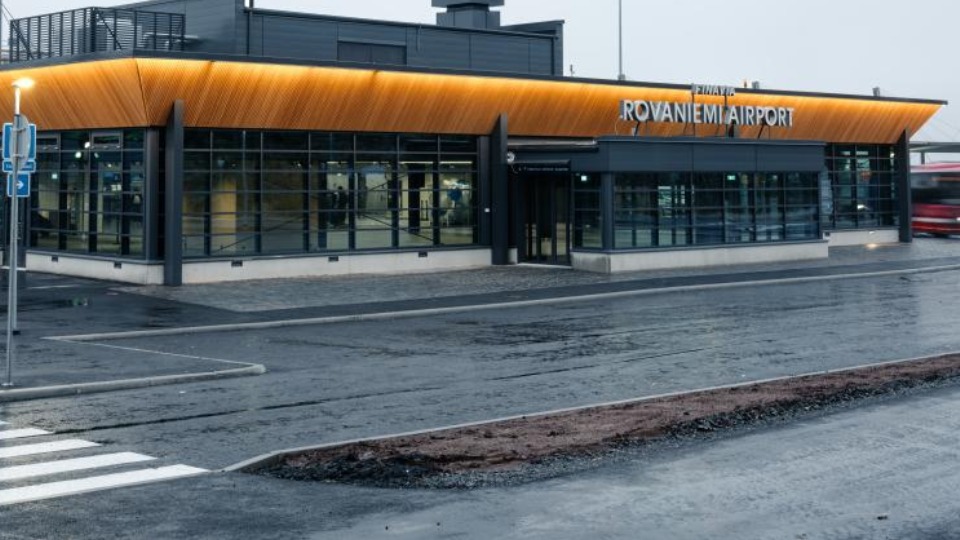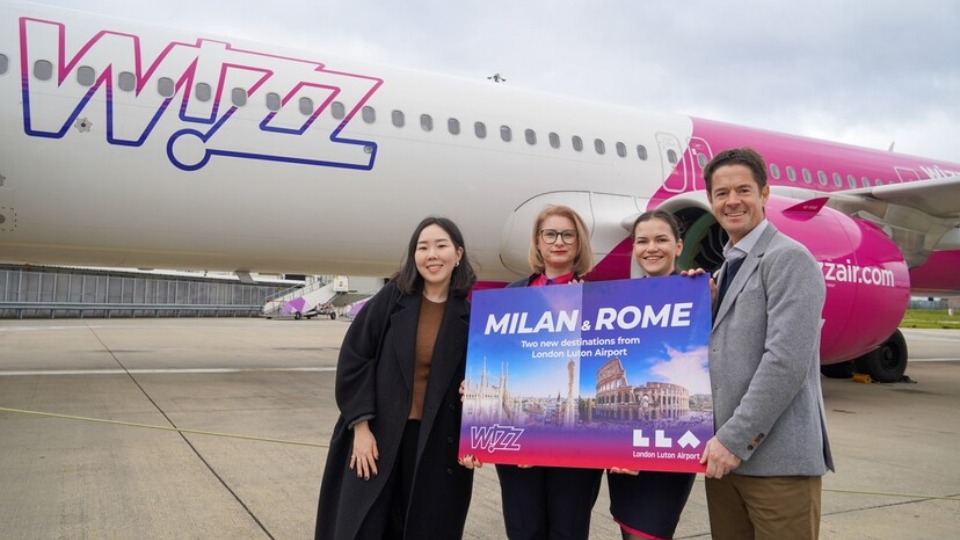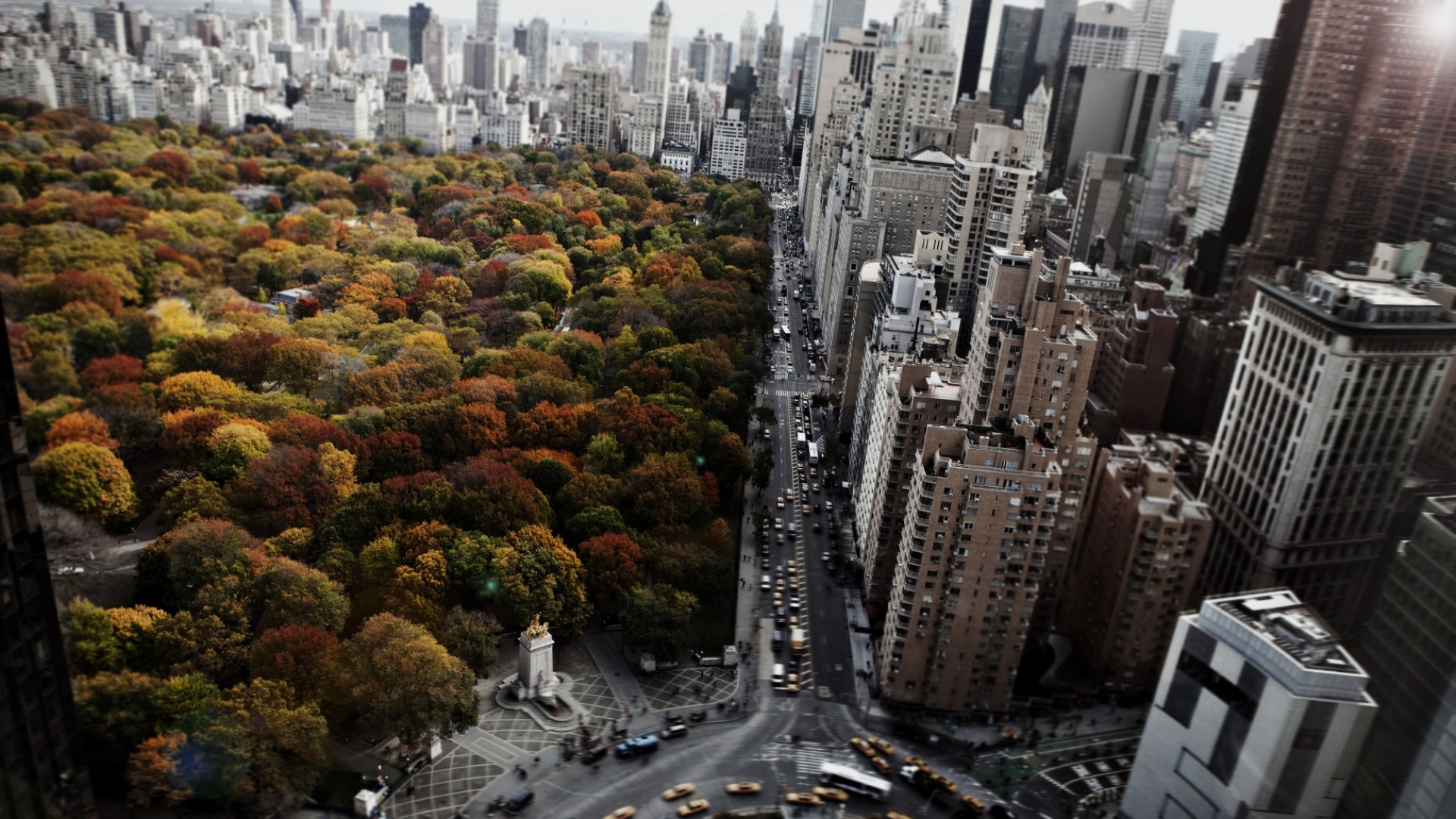
Mediterranean Tourism Backlash: Why Locals in Portugal, Spain, Slovenia and Croatia Are Pushing Back

For years, Portugal, Spain, Slovenia and Croatia have been on nearly every traveler’s dream list. Golden beaches, historic town squares, food that lingers in your memory. Yet lately, the story on the ground feels different. In Barcelona, locals march with signs demanding fewer tourists. In Dubrovnik, narrow streets choke under endless crowds. Even smaller cities, once eager to attract visitors, are questioning how much is too much. The Mediterranean dream remains, but locals are signaling that something has to change.
Mediterranean Tourism: A Dream Turning Complicated
Portugal, Slovenia, Spain and Croatia once carried an aura of magic. Sunny beaches, postcard towns, a lifestyle that felt warm and inviting. Yet listen to locals today and the tone has changed. What used to be pride in welcoming outsiders is often replaced by fatigue, sometimes by open frustration. Too many tourists, arriving too quickly, crowding the same fragile streets.
Spend an afternoon in Barcelona or Dubrovnik and the contrast is obvious. Sidewalk cafés that once hosted neighbors are now filled with visitors holding selfie sticks. In some squares, small protests break out. Water guns aimed at passing tourists may look playful, but they carry a message: people feel invaded.
Growth with a Price Tag
Yes, tourism brings money. But not everyone feels the benefit. Rent has skyrocketed far beyond local salaries. Services like buses, waste collection and even hospitals struggle to keep up. To many residents, the promise of prosperity rings hollow. As one fisherman in Porto put it,
“We used to welcome visitors, now it feels like we’re renting our own town.”
The Wider European Picture
This isn’t only a Mediterranean story. Venice tries to handle cruise ships so massive they dominate the skyline. Amsterdam pushes back against weekend party crowds. Even smaller towns that once hoped for more attention are rethinking how much they can handle. The pattern repeats: growth without balance, visitors without limits, daily life under pressure.
Searching for Balance
Solutions exist, though none are quick. Some cities are considering caps on daily visitors or higher taxes funneled into local services. Others look to encourage off-season travel. Beyond rules, it is also about culture: helping travelers move beyond consumption and connect with local traditions. When visitors interact with people, not just sights, friction eases.
Where the Welcome Still Exists
Not all is lost. There are places where the door is still open. Porto continues to feel genuinely warm. Ljubljana balances tourism with green spaces and community life. Valencia offers food, beaches and culture without Barcelona’s constant stress. Lake Bled remains a peaceful retreat, and even Hvar, despite Croatia’s booming tourism, has preserved an easygoing rhythm.
A Takeaway for Travelers
The Mediterranean dream hasn’t disappeared, but it is more complicated. Choosing quieter cities or traveling outside peak season can make all the difference. Go only to the biggest hotspots, and you may sense that patience has run out. Look just a little further, and you might discover the Europe that still smiles back.



